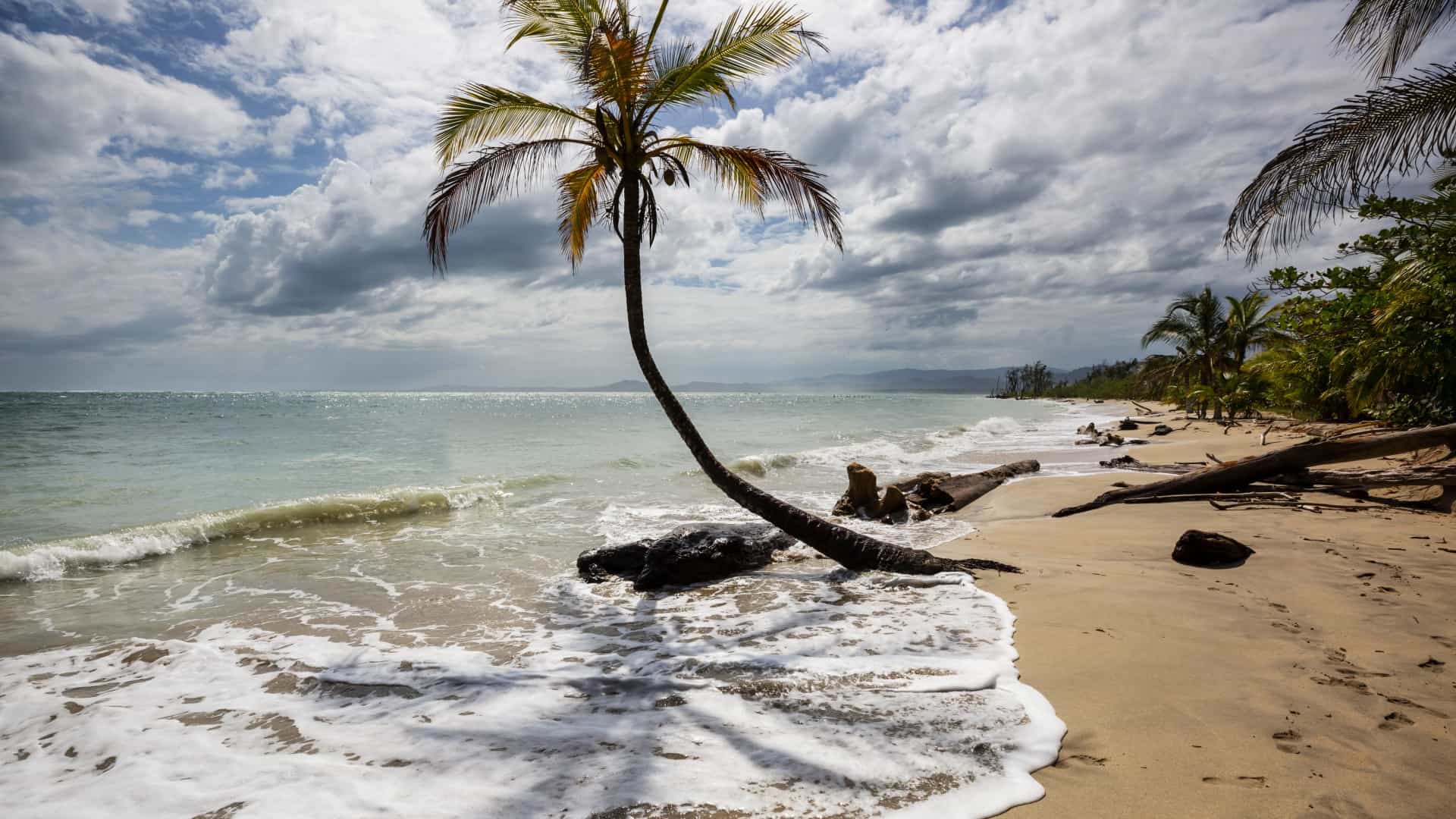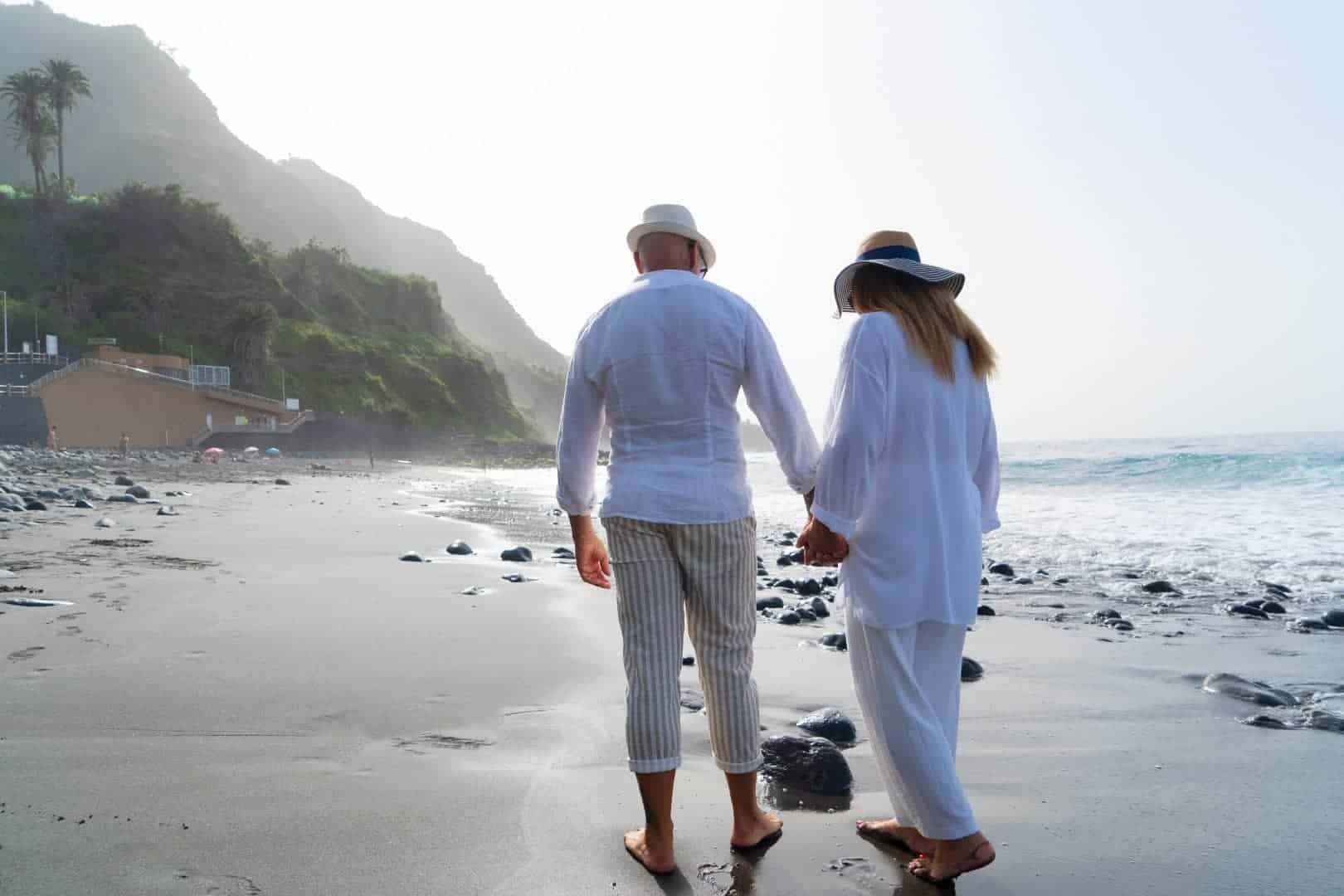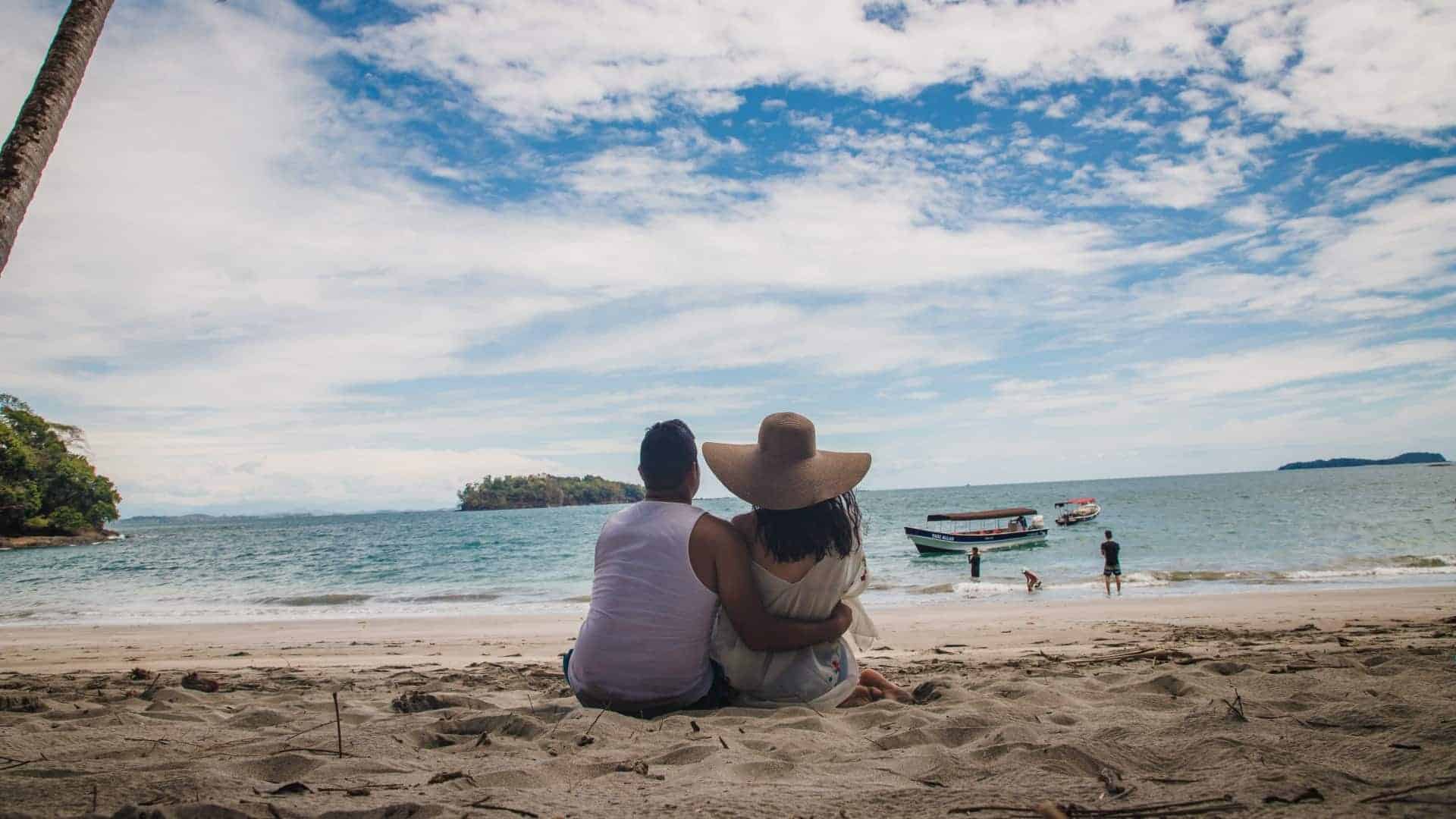Table of contents
- January 20, 2023
- in Living in Costa Rica, Real Estate
Renewing a Costa Rica tourist visa is a relatively simple process that anyone can do. If you’re living in Guanacaste and have a car (or take a bus), you can travel to the Nicaraguan border and have a new stamp on your passport in just a few hours. Here we’ll outline the steps you need to take to leave Costa Rica, enter Nicaragua, leave Nicaragua and re-enter Costa Rica to get your tourist visa renewed.
Various travel companies and private tour operators offer “Nicaragua border run” services, where someone will shuttle you and others to the border and guide you through the process. To the uninitiated, this may sound like a worry-free option worth the $50 to $65 fee — and in fact, for your first border run, you may want to join one of these groups to “learn the ropes” and know where you’re supposed to go. You can also carpool with another expat who has done this before.
However, you don’t really need a guide. Benefits of renewing a Costa Rica tourist visa in Nicaragua yourself include:
- You can save yourself the tour company’s fees
- You can travel on your own schedule, as private businesses offer the service only on certain days and times
- You can use the trip to shop or explore new areas
Why you need to renew your Costa Rica tourist visa
Costa Rica tourist visas typically expire after 90 days. If you plan on staying in the country for longer than that, you must leave the country and return to get a new 90-day visa.
Unlike many countries that require tourists to leave the country for a certain amount of time before they’re allowed re-entry, Costa Rica has no such restrictions. So, you can leave the country and return immediately to get a new passport stamp.
#1
Getting to Nicaragua
The most popular border crossing between Costa Rica and Nicaragua is Peñas Blancas, about 50 miles (80 kilometers) north of Liberia. The crossing is located on the Pan-American Highway (Highway 1), the main transportation route through Central America.
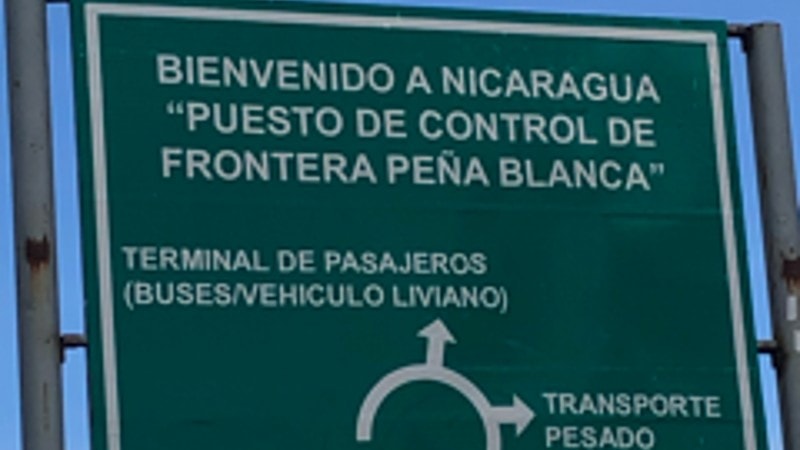
Peñas Blancas is about an hour and a half north of Liberia on a well-paved highway. There aren’t many towns along the way, so you might want to fill your gas tank in Liberia. La Cruz has one gas station, a town with some restaurants and grocery stores, about 35 miles (56 kilometers) away.
As you approach Peñas Blancas, you may see a long line of big rigs parked on the right shoulder awaiting inspection and processing. This isn’t the line for regular traffic, so pass the trucks on the left and keep going. You’ll come to a blue truck inspection station, which you should also pass on the left if you’re driving a passenger vehicle.
Soon you’ll come to a place where the road widens into a parking lot, with gates in front and official-looking signs, and you’ve reached your destination. Usually, one or two self-appointed parking lot monitors will gesture to indicate where you should park, but you are under no obligation to follow their directions.
Look ahead and to your right, and you’ll see a one-story green building with a huge sign saying, “PAGUE AQUÍ SU IMPUESTO DE SALIDA” (“Pay your exit tax here”). Park in front of it, and remove all valuables from your car. This building has a window where someone will deprive you of an exit tax of $8 per person, along with a $2 “convenience fee,” supposedly for building maintenance and upkeep of the area. They will give you a receipt that you’ll need shortly.
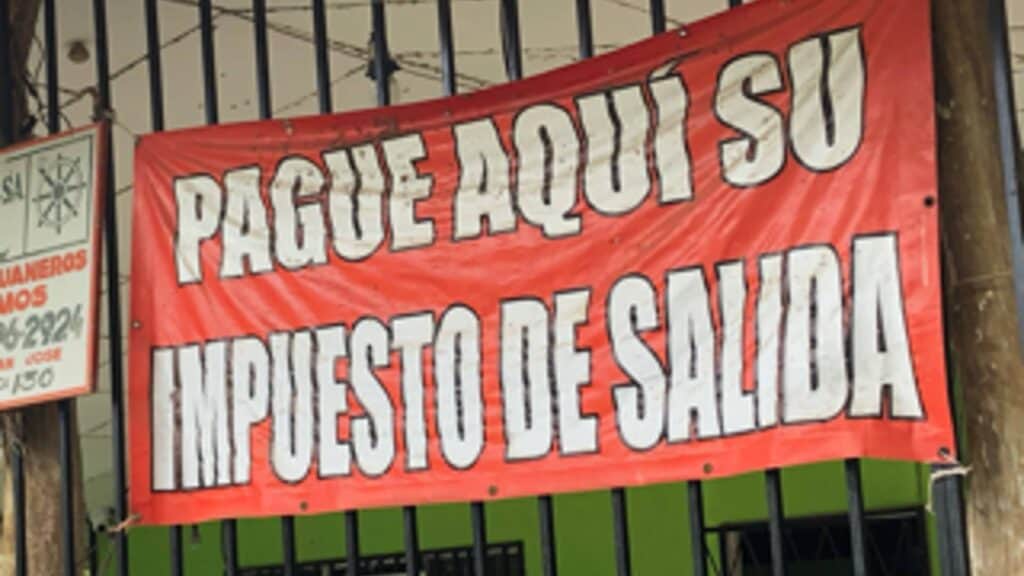
Either before or after you pay your exit tax, you will almost certainly be approached by someone who wants to either A) watch your car or B) volunteer to be your “border fixer” and to accompany you throughout the entire crossing for an undisclosed fee.
Our advice: If anyone, anywhere, offers to watch your car, you should almost always say yes. All they want is a dollar or two, and there have been cases where cars are targeted for vandalism just because the owner refused such an offer.
On the other hand, you should politely decline the help of those who want to accompany you everywhere to “help you,” when in fact, you don’t need any help. Just say, “No, gracias,” and keep walking.
Subscribe to our newsletter
to stay up to date
#2
Taking a car into Nicaragua
You may be tempted to drive across the border into Nicaragua to explore a bit. However, Costa Rican rental vehicles cannot cross international borders. If you own a car, you’ll need import and export permits and special insurance, and your vehicle must be fumigated. The paperwork itself can take an entire day of bureaucratic wrangling.
If you want to explore Nicaragua, it’s much easier to cross the border by foot and take a public bus to Managua, Granada, or San Juan del Sur. You can also hire a taxi.
#3
Leaving Costa Rica on your tourist visa run
After paying your departure taxes, walk to the right side of the Costa Rican immigration building. You’ll see a line of booths, and you may have to stand in line for a while. A Costa Rica immigration officer will ask to see your departure tax receipt before putting an exit stamp on your passport.
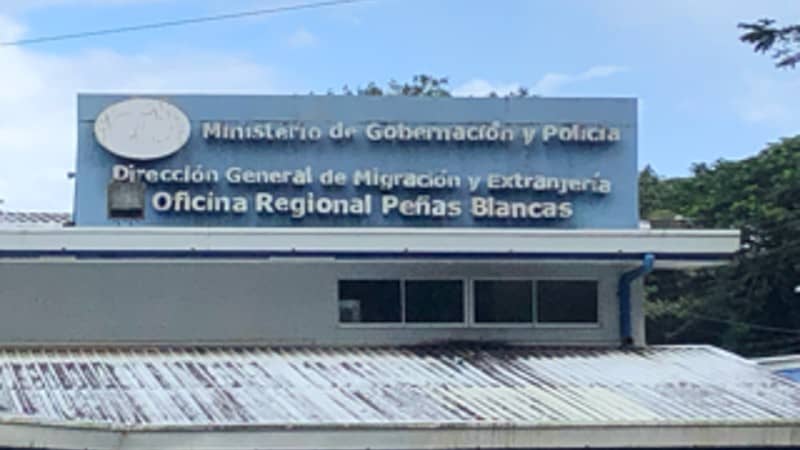
You may want to use the bathroom at the Costa Rica immigration office, as they are hard to find in the Nicaraguan building, and you also have to pay a fee to use them.
#4
Entering Nicaragua on your Costa Rica tourist visa run
Now it’s time to walk to the Nicaraguan immigration office, about a half-mile (750-meter) walk down the highway. If it’s too hot or pouring rain, you can hire a rickshaw-type vehicle pedaled by a driver to take you between the buildings. About halfway, there’s a small tent where a Nicaraguan officer will ask to see your passport.
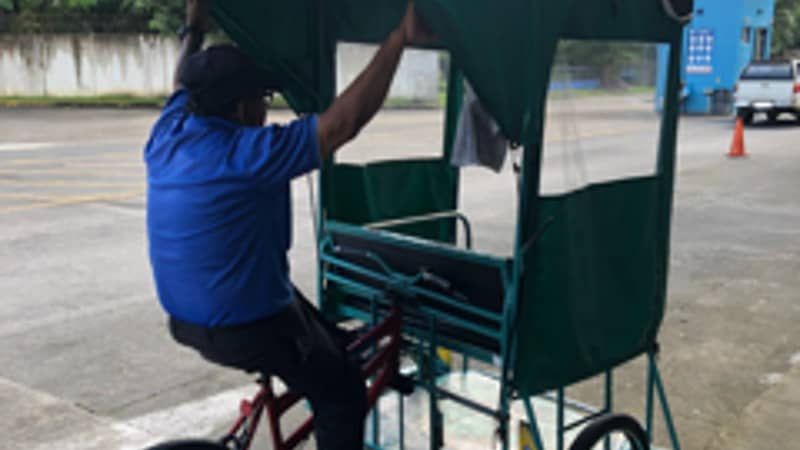
You’ll need to visit a small building outside the Nicaraguan border office’s main entrance. Someone in a white medical coat will ask to see your COVID-19 vaccination card. If you’re unvaccinated, you’ll need to show proof of a negative COVID PCR test less than 72 hours old. The person in the medical coat will issue you a slip of paper to present to immigration officials.
Then enter the main building. Someone will approach you, asking you to pay the municipal tax of $1. It’s essential to bring a lot of small U.S. bills, including as many as 10 $1 bills, as border officials sometimes claim they have no change in hopes that you will let them keep the change from a larger bill.
Get in one of the customs lines, where a Nicaraguan official will ask to see your passport and COVID slip. They’ll also ask you questions about your profession and where in Nicaragua you’ll be visiting. It’s OK to tell them you are just here for the visa stamp and not traveling onward into Nicaragua.
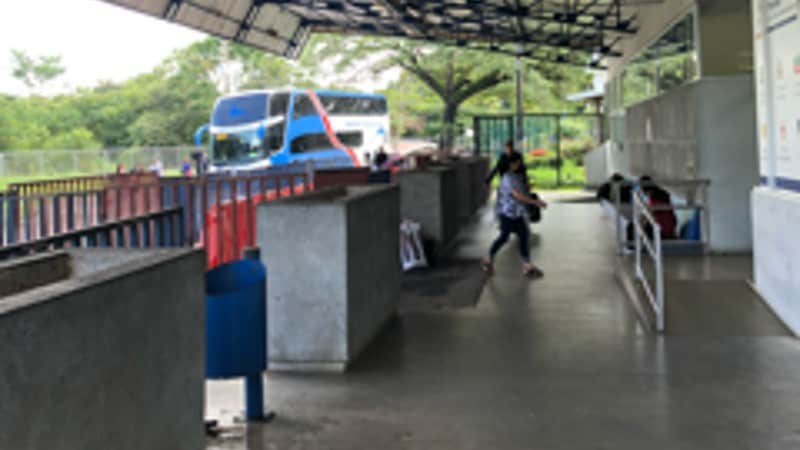
There’s a misconception that you have to spend at least three days in Nicaragua, but there is no basis for this in either Costa Rican or Nicaraguan law. In rare cases, border officials may try to take advantage of this misconception to make you think you are obligated to spend a certain amount of time in Nicaragua, but this is not true.
You’ll also have to pay $10 for a tourist visa, plus another $3 entry fee. (Remember those $1 bills!) You’ll need to put any bags through an X-ray machine, and then you’ll be able to walk into Nicaragua.
#5
Exiting Nicaragua on your Costa Rica tourist visa run
When you leave the Nicaraguan border office, you’ll find yourself in a parking lot. Turn left and walk to the other side of the building, where you’ll leave Nicaragua. Once again, you’ll have to pay a $1 municipal tax and a $3 exit fee.
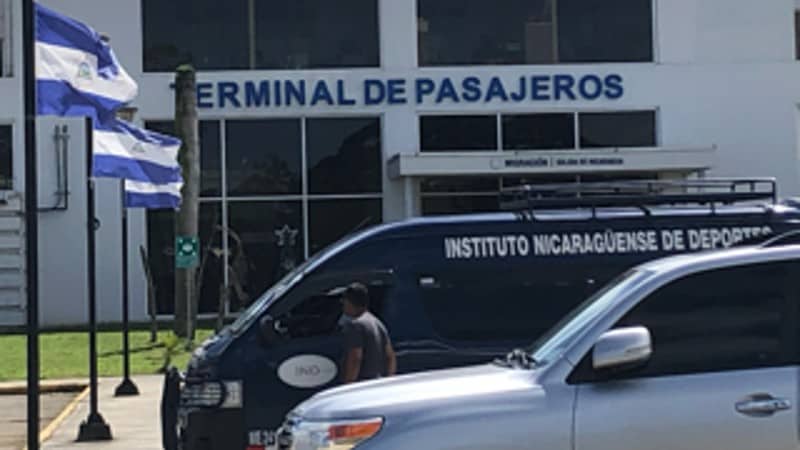
Don’t be surprised if the customs officer asks you for more money. For example, the officer may ask for $5 or $7 while issuing you a $3 receipt. If this happens, it’s up to you whether to challenge the border official, but be on your best behavior. Bear in mind that they have to be here all day, and if they feel you’re being disrespectful, they can keep you waiting, too.
#6
Re-entering Costa Rica on your tourist visa run
After completing your quick trip to Nicaragua, walk back to the Costa Rica immigration building. You may be asked to show your passport again to the Nicaragua border guards. Enter the Costa Rica immigration building on the right side (opposite from the side where you got your exit stamp).
Costa Rica has no COVID restrictions, so you don’t need your vaccination cards or test results. However, you’ll need proof of onward travel out of Costa Rica before your next 90-day tourist visa expires. So, you’ll need to show either a flight ticket or a bus ticket out of Costa Rica within 90 days, even if you own a car and live in Costa Rica, and have no intention of leaving. An exception may be if you have already applied for residency and you have an expediente as part of your application.
If you don’t intend to fly out, you can purchase a refundable airline ticket to present to customs and get your refund from the airline afterward. You can also “rent” an onward ticket online from sites such as OnwardTicket.com. You can also purchase a bus ticket at one of the kiosks nearby.
Besides proof of onward travel, border officials will ask about your profession and where in Costa Rica you’re staying. Then they’ll stamp your passport with a tourist visa stamp and write in the number of days it’s valid, which is almost always 90 days. However, they can choose to make it less than 90 days if they feel you are being disrespectful or argumentative, so always be polite.
You’ll have to put your bags through another X-ray machine, and then you’re done! You can walk back to your car and drive back to Costa Rica. (Here, you’ll have to pay a small sum to the person watching your car unless they’re not there, in which case they weren’t doing a very good job of watching your car.)
#7
Cost breakdown of a Costa Rica visa run
As of December 2022, this was the cost breakdown for a visa run to Nicaragua for one person:
- Costa Rica exit tax: $10 ($8 tax plus $2 service fee)
- Nicaraguan municipal tax upon entry: $1
- Nicaraguan entry tax: $13
- Nicaraguan municipal tax upon exit: $1
- Nicaraguan exit tax: $3
- Total: $28
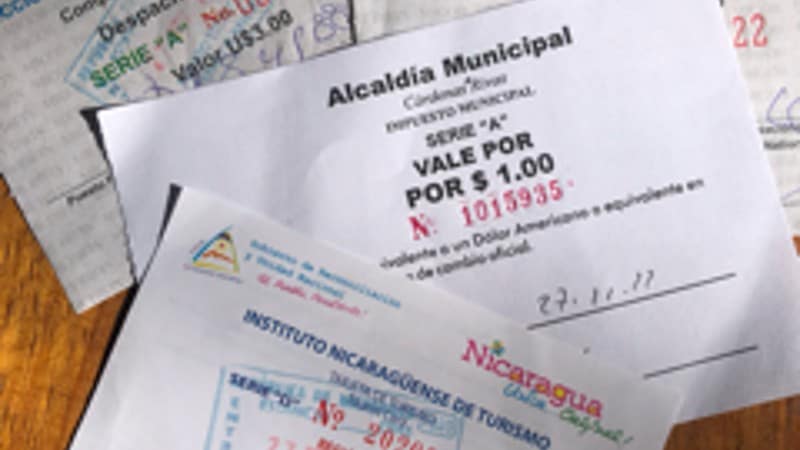
#8
Essential checks before your Costa Rica visa run for renewing your Costa Rica tourist visa.
Here’s a checklist of things you’ll need for your Nicaraguan visa run:
- Always renew your 90-day visa before it expires, or you may face additional hassles.
- Check to see if you need a special visa to enter Nicaragua. Residents of Canada and the United States don’t.
- Ensure your passport isn’t within six months of expiring. You may not be able to enter Nicaragua if your passport is close to expiring.
- Bring U.S. dollars in small bills.
- Have a printed plane or bus ticket out of Costa Rica to show immigration officers when re-entering Costa Rica. Officials will also generally accept tickets displayed on smartphones or other devices.
- Check Nicaragua’s latest COVID restrictions. If necessary, have proof of vaccination or a negative COVID PCR test less than 72 hours before your border run.
Enjoy your (brief) trip to Nicaragua, and best of luck!
Subscribe to our newsletter
to stay up to date

Special Places Staff
More articles From
Discover Your
Dream Home:
Check Out Our Real Estate Page
RELATED POSTS
- February 21, 2024
- Living in Costa Rica, Real Estate
- January 24, 2024
- Living in Costa Rica, Real Estate
- January 17, 2024
- Moving to Costa Rica, Real Estate
